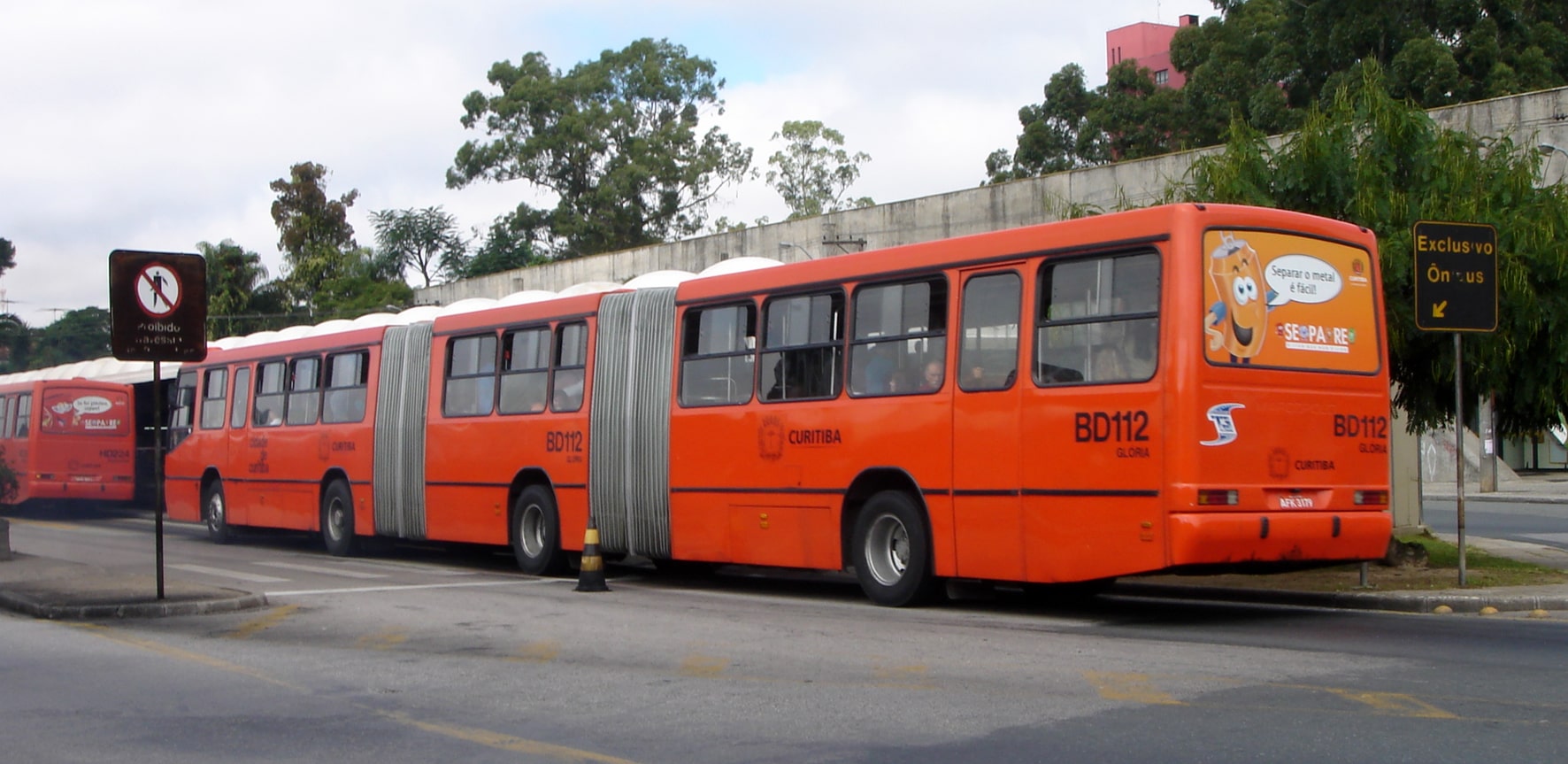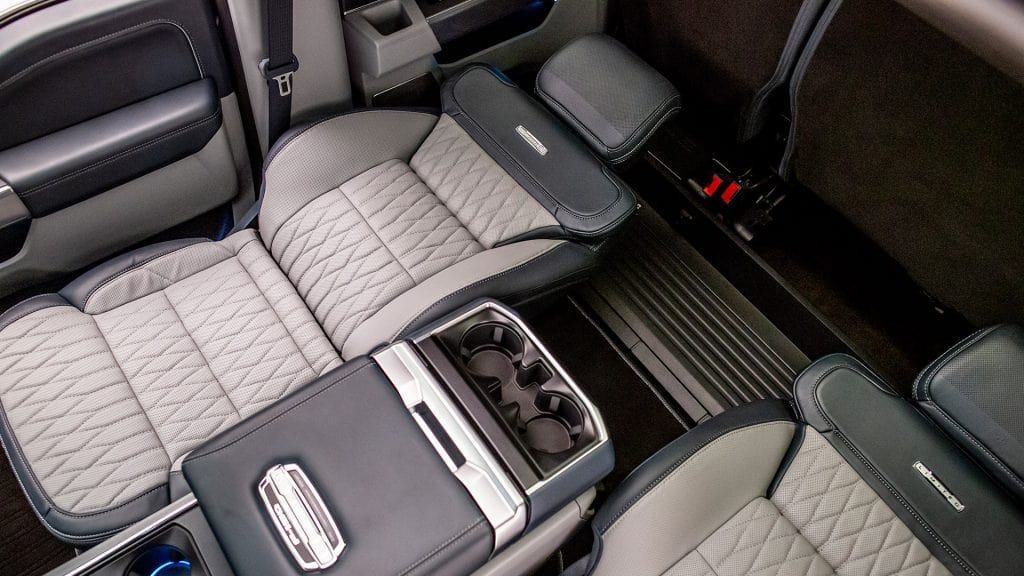Interesting Facts About Buses You Might Not Know
Did you know that Pascal, the famous mathematician and philosopher was the inventor of the first bus? Or have you ever wondered why school buses are always yellow? We ride and see buses all the time, yet do not know much about their quirks. In this article, let’s find out the histories of buses, answers to common questions like why school buses don’t have seatbelts, as well as many fun facts.
The History of Buses
1662 – Buses have come a long way since their introduction in 1662 and the first bus ever made was quite different from what we have now. The first bus in the world was invented by Blaise Pascal, the famous mathematician, and introduced in Paris.
This was before the invention of the internal combustion engine, so these early bus lines were essentially horse-drawn carriages (called “five-penny coaches” back in the days) that could accommodate only a maximum of eight passengers at a time. It served only a limited number of upper-class citizens due to high ticket prices, and only operated for 15 years as their novelty wore off. The concept of buses was forgotten and only was revisited after about another 150 years.
1812 – The horse-drawn bus was finally reintroduced once again after a big gap in time. This time, the horse-drawn carriages were upgraded with roofs (passengers even rode on the roofs), thus becoming a hybrid between a carriage and stagecoach. At this stage, the second-generation bus got its name “bus”, which comes from the Latin word “Omnibus” meaning “for all”.
1830s – This period welcomed the operation of the steam-engine powered buses and the invention of the electric trolley bus. Both rely on overhead cables to run.
1895 – The age of the internal combustion engine allowed for much more powerful buses. Since then, buses have continued to see major improvements in all aspects and have become a cheap, convenient and safe means of public transport around the world.
Interesting Bus Facts
How did buses get their name?
In 1828, around the time when the second generation of buses was reintroduced, the first bus line was operating between La Madeleine and La Bastille in Paris and was terminated at a hat shop in Nantes in an early trial. The word was coined after the shop’s name, Omnes Omnibus. “Omnibus” in Latin means “for all”, which is quite fitting, so the name “bus” stuck.
How big is the largest bus in the world?

Designed by Volvo specifically for Rio de Janeiro, Brazil, the biggest bus in the world is the Gran Artic 300. It is 98 feet long and can accommodate 300 passengers, which is where it gets the “300” part in its name.
Before the introduction of the Gran Artic 300, Volvo already made several bus models with different capacities for Brazil, which can seat 150,180, and 210 passengers. They are all articulated buses, the type that has two passenger-carrying cabins connected by a single bendy connector.
With the hope of reducing traffic congestion, pollution and per passenger cost, Brazil wanted a bigger bus. The Gran Artic 300 was introduced, and each one replaced three of the previous smaller models. The Gran Artic 300 is biarticulated, with not two but three passenger-carrying cabins connected by two bendy connectors.
What is the longest bus route?
The longest bus route in history is the one that runs 20,256 miles or 32,600 km between London, UK to Calcutta, India. During its operation in 1968–1976, it made the journey only 15 times. Meanwhile, the longest bus route in the world still in operation today is the Transoceánica or Interoceanic Highway that runs between Lima, Peru and Rio de Janeiro, Brazil. It is 1,615 miles or 2,600 km long and takes over 100 hours to complete.
Do triple-decker buses exist?
In the mid-20th century, there were a few buses in the US that had a small third deck at the back. Today, the only triple-decker bus with three full decks still in operation is the Knight Bus. Interestingly, this purple bus made its appearance in the movie Harry Potter and the Prisoner of Azkaban. (A ticket costs eleven sickles regardless of the distance. For thirteen sickles, the passenger gets hot chocolate.)
Although in the third movie in the Harry Potter film series, the bus was indeed a CGI creation, it is a real-life bus. So if you ever wished to stay in this iconic bus, that is now a possibility. Fully equipped with beds, a shower, and other basic amenities, the only thing it is missing is magic.
Why do buses always stop at railway tracks?
You might have seen a bus stopping at a railway track even if there wasn’t an oncoming train. And the window and the door were always opened. There’s actually a law in the US that requires bus drivers to do so, and there’s a good reason for this.
On 1st December 1938, in Sandy, Utah, there was a blizzard so visibility on the road was poor. A bus driver approached a railroad crossing. As he began to cross, he couldn’t see a train coming. There was a serious collision that resulted in the death of 25 students and the driver onboard. Since then, bus drivers are required by law to stop at railway tracks and open the windows and the door so that he can listen for any train approaching.
Are there buses powered by renewable energy?
In 2014, the capital of Sweden, Stockholm, developed a roadmap to become a 100% fossil fuel-free city by 2050. Part of this green project was to ensure that all buses run on biodiesel, biogas, and ethanol by 2025. This goal was achieved much earlier, and in 2018, Stockholm became the first city in the world to have a green bus service that is powered by renewable fuels only.
READ MORE
- Why Aren’t Buses And Trucks Aerodynamically Shaped Like Cars
- 5 Most Common Preventable Car Crash Injuries
Why are school buses yellow?
Have you ever wondered why the school bus is yellow? Many people might think that red is a more suiting color, like with a fire truck, since a red vehicle just screams “Watch out!”.
That train of logic is correct. The colour for school buses is chosen to be a safety measure, and yellow, not red, is in fact the most attention-grabbing color and also has the highest visibility in poorly lit conditions or inclement weather. Studies show that the human eye can detect the color yellow most quickly, even from the corner of their eyes. Compared to the colour red, studies show that yellow is 1.24 times easier to notice. This is why the US law insists that all school buses must be yellow.
Why don’t school buses have seat belts?
You might be surprised to find out that school buses don’t have seat belts. How is this possible, you scream internally. Indeed, how could parents let their kids ride the bus twice a day without such an essential safety measure? In fact, a lot of consideration by the government went into the decision of omitting seat belts on school buses.
Starting back in the 1970s, the design of school buses was reconsidered long and hard. In the end, the decision was to take the “passive protection” route with no seat belts, but with an array of other safety mechanisms in place to protect all children on board. And there are various good reasons as to why the lack of seat belts makes more sense and would actually be safer:
- Hard to enforce: If you have dealt with young children, you’ll understand how hard it is to make sure every kid fasten their seat belt and sit still during the whole ride.
- Easier evacuation: More importantly, when the passengers are kids, no seat belts actually allow for easier evacuation in case of an accident or other potential hazards.
- Extra costs: Since it’s hard to enforce while being a hurdle to quick evacuation, adding seat belts on school buses will be unnecessary while significantly raising the cost of manufacturing and maintaining them. From the standpoint of the bus manufacturers, the laws don’t require them to install seat belts, so there’s no point in doing so.
But worry not, school buses are safer than an average passenger car due to various reasons. The US National Association for Pupil Transportation reported that an average of only six children die in school bus accidents each year, much less horrifying than the number of kids who died in crashes in their parent’s cars. The US National Safety Council has also conducted studies to prove that school buses are 40 times safer than a regular car.
School buses are relatively safer than regular cars due to their size and weight, which means more stability and less serious injuries from physical impacts in accidents. In addition, school buses actually employ an array of other methods to ensure safety during rides plus easy evacuation.
- Compartmentalization: The compartmentalized interior of school buses intentionally keep kids on seats like an egg carton holding eggs and thus minimizing each egg’s movement upon physical impact.
- Design: The general technical design further ensures safety for passengers. It’s all in the seats. They are designed with high padded backs, padded rails and strong, upright stanchions and positioned a specific distance apart, allowing for optimal safety and for a certain rate of collapse in case of a crash that will minimize fatality. Even the size of the windows has been optimized.
- School bus routes are safe: School buses typically don’t travel on the highway but only local roads with much lower speed limits. For instance, in the United States, the average maximum speed is only 45 miles or 72 kilometers per hour.
- School buses always have the right of way: All vehicles are required to slow down and drive with extreme caution when approaching the areas around a school, as children might cross the roads or run out from behind obstacles. There are many signals to alert drivers, including “school ahead” warnings painted on the road surface and road bumps, “children crossing” signs, “school ahead” signs and speed limit signs.
On the road, school buses have the right of way over all other vehicles. When there’s a school bus stopping with flashing light ahead of you, which means it’s discharging kids, vehicles on both sides of the road are required by law to slow down to a complete stop to let the school bus pass first. Failing to do so is the quickest way to lose your driver’s license. This is because when a school bus is discharging kids, there’s a chance kids can come running unexpectedly onto the roads, and drivers in SUVs or pickups with high ground clearance might not see them.














